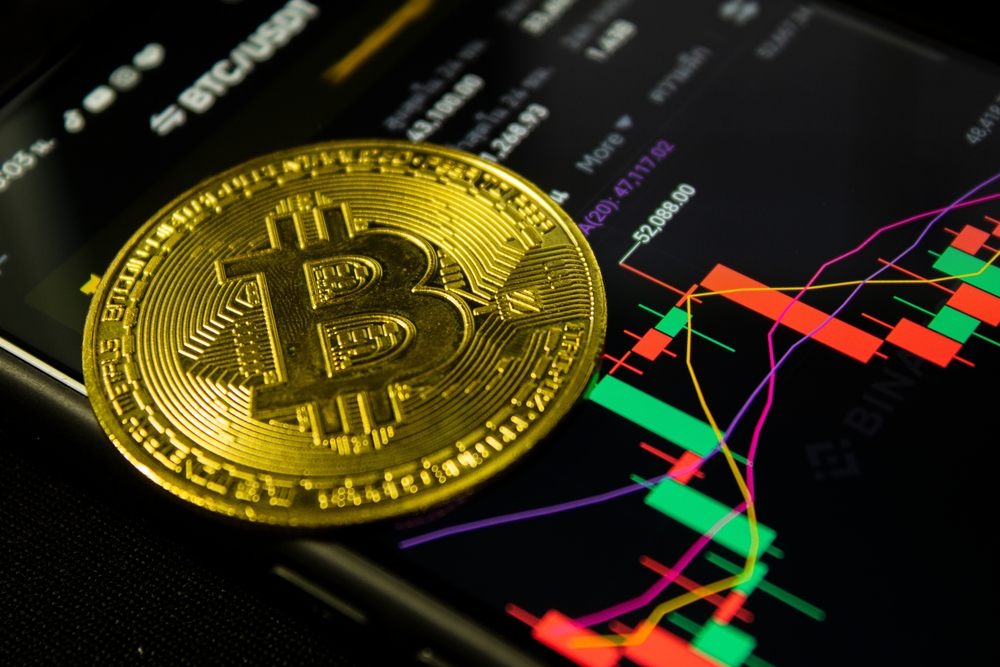Key Insights:
- Persistent regulatory uncertainty prevents institutional investors from significantly increasing their Bitcoin exposure.
- Macroeconomic volatility, including significant banking sector losses, creates a cautious outlook for Bitcoin’s short-term price movements.
- Robust stock market performance diverts attention and capital from cryptocurrencies, hindering Bitcoin’s potential to exceed $72,000.
Bitcoin’s rally, which saw a 5.9% gain from June 2 to June 5, ultimately faltered at $71,746. The ongoing regulatory uncertainty in the United States is a key factor in Bitcoin’s inability to break the $72,000 barrier. Despite several positive regulatory developments, significant ambiguities remain. Matt Hougan, Bitwise’s Chief Investment Officer, pointed out that the lack of clear regulations has made financial advisers hesitant to increase their clients’ exposure to cryptocurrencies.
The situation is evolving as the U.S. moves toward regulatory clarity. Recent developments include the Democrats’ vote to repeal the SEC’s Staff Accounting Bulletin 121 and the SEC’s approval of spot Ethereum ETFs. These steps suggest a shift toward a more crypto-friendly regulatory environment. However, President Joe Biden’s veto of the SAB 121 repeal indicates that the path to comprehensive regulatory clarity is still long and challenging.
This persistent uncertainty makes institutional investors and advisers cautious, who prefer to wait for clearer guidelines before committing substantial resources to Bitcoin. This hesitation is a significant factor preventing Bitcoin from breaking through the $72,000 mark.
Macroeconomic Events Create Uncertainty for Bitcoin Investors
The volatile macroeconomic landscape is another reason Bitcoin has struggled to surpass $72,000. According to a report by the Federal Deposit Insurance Corporation (FDIC), the U.S. banking sector is experiencing considerable unrealized losses, amounting to $517 billion, due to the impact of higher interest rates on residential mortgage-backed securities. This report, published on May 29, highlighted that 64 banks were on the brink of insolvency in the first quarter of 2024.
Arthur Hayes, BitMEX co-founder, suggested that the most likely response to this banking crisis would be an increase in money printing. This scenario is generally favorable for scarce assets like Bitcoin. Historically, Bitcoin experienced a significant price surge following the collapses of Silicon Valley Bank and Silvergate Bank in March 2023.
However, despite this potential upside, the immediate reaction to financial instability may be a decline in Bitcoin’s price. Bitcoin will likely experience a downturn before any subsequent rally if the stock and bond markets suffer from macroeconomic pressures.
Investors, aware of this pattern from previous years, might anticipate a price correction before a potential rise. This expectation of a price drop ahead of macroeconomic turbulence contributes to Bitcoin’s difficulty breaking above the $72,000 level.
Competition from Strong Stock Market Performance
The robust performance of the U.S. stock market has also contributed to Bitcoin’s struggle to breach the $72,000 threshold. U.S.-listed tech stocks, including Nvidia, have seen significant gains, with the S&P 500 index reaching an intraday all-time high of 5,342 on June 5. Analysts from UBS predict that the Federal Reserve will cut interest rates twice this year, fostering a favorable environment for stocks.
Even though Bitcoin does not directly compete with tech stocks for the same investment funds, a thriving stock market reduces the attractiveness of alternative assets like cryptocurrencies. Investors are likely to favor the perceived stability and potential returns of the stock market over the volatility of Bitcoin.
Moreover, the recent surge in GameStop’s stock, which saw a 32% increase week-to-date driven by influencer activity and social media buzz, demonstrates the shifting interests of traders. Such events divert attention and capital from cryptocurrencies, further hindering Bitcoin’s ability to break past $72,000.
Despite these challenges, there is still optimism about Bitcoin’s potential to reach new all-time highs in 2024. The strong demand from institutional investors, evidenced by nearly $1 billion inflows into U.S.-listed Bitcoin spot exchange-traded funds, and the supportive regulatory developments are positive signs for the future.
